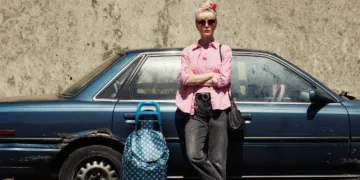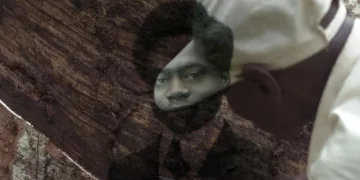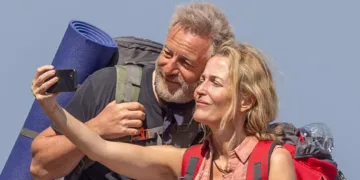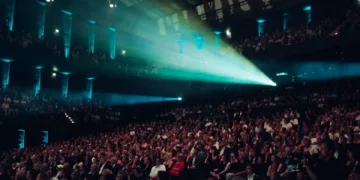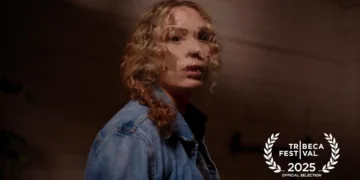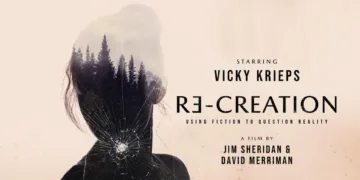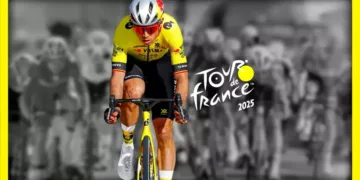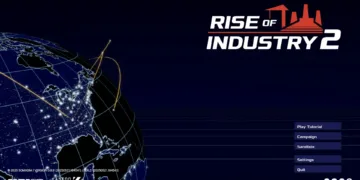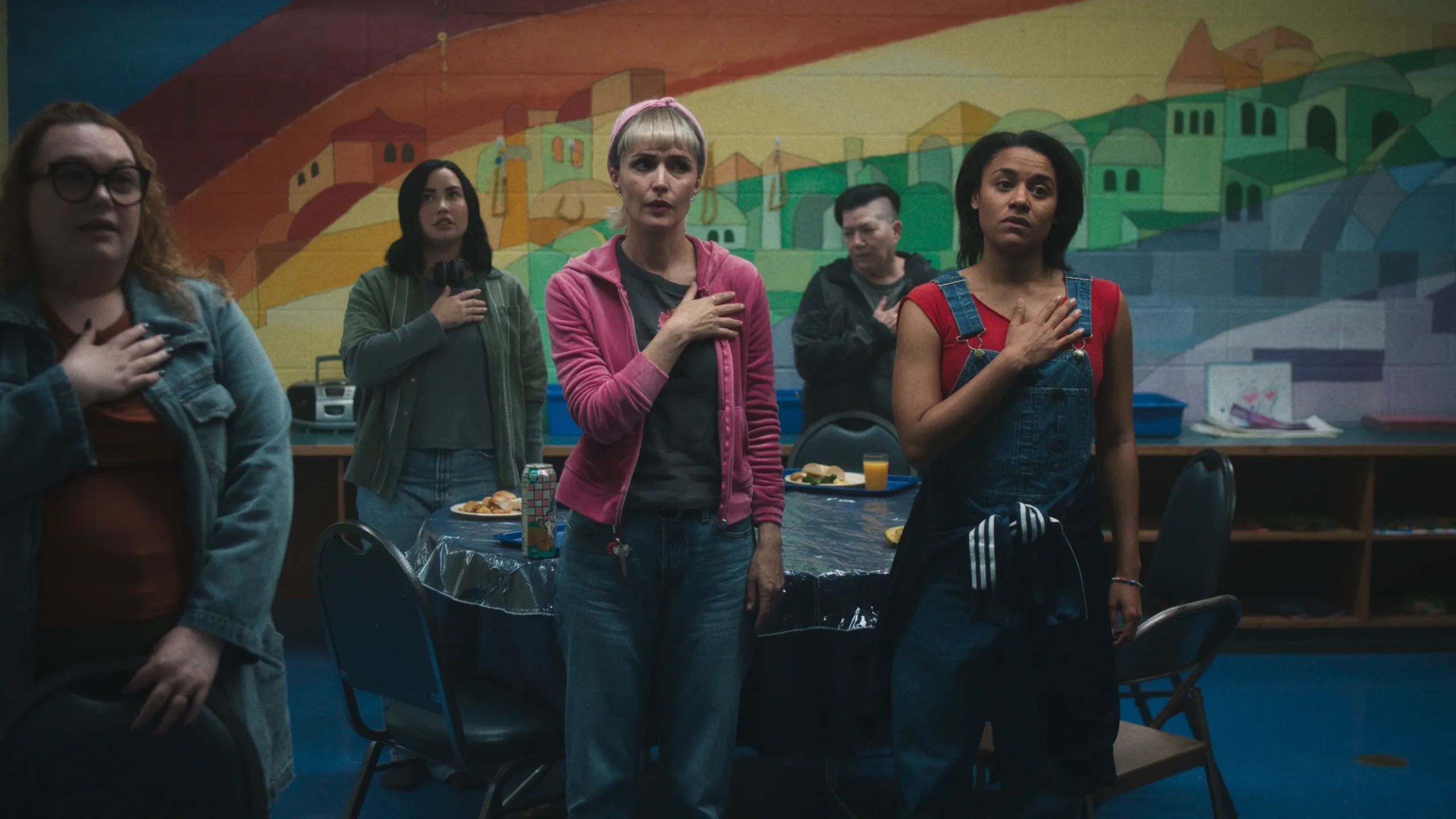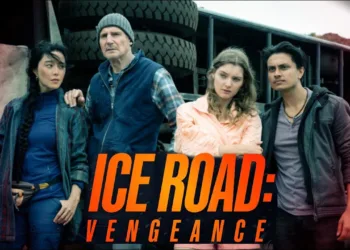The world of Amanda Ogle is four-doored and rusting. In Seattle, a city of glass towers and relentless progress, her 1991 Toyota Camry is not merely transportation; it is her home, her sanctuary, and the last frayed thread connecting her to a life of normalcy.
A veterinary technician by trade, Amanda navigates a precarious existence, her past hinted at but never articulated, her future dependent on the next job interview. The car contains everything: her clothes, her memories, and her ability to maintain the fiction for her daughter, miles away in Utah, that all is well. This fragile ecosystem shatters when, during a rare moment of hope after a successful interview, the car is stolen.
Its recovery is no relief. Found and taken to an impound lot, the vehicle becomes a hostage, its ransom a sum that is, for Amanda, impossibly high. The true conflict of Tow begins here, not with the theft, but with the chillingly routine invoice that transforms a victim of a crime into a debtor to a faceless system.
A War of Paper and Procedure
The film presents Amanda’s subsequent struggle not as a simple misfortune but as a descent into a bureaucratic hell, a modern ordeal by paper. Her fight is the classic story of an individual against an institution, waged not with weapons but with forms, filings, and demoralizing phone calls.
At the Kaplan Towing lot, an employee offers a shrug of sympathy but no recourse; he is a powerless cog in a machine he does not control. This initial interaction establishes the tone of her entire battle. Amanda’s first defiant act is to represent herself in small claims court, a flicker of agency that yields a brief, hollow victory when the company’s counsel fails to materialize.
This self-advocacy only provokes the beast. The corporation retaliates with overwhelming legal force, burying her in motions, courtroom delays, and subterfuge designed to exhaust her spirit and her non-existent resources. What began as a dispute over a few hundred dollars metastasizes into a staggering $21,000 bill, a figure so punitive it exposes the system’s design not to resolve but to punish.
Her reluctant alliance with Kevin, an idealistic lawyer fresh out of school, provides a new dynamic. His earnest belief in justice collides with her hardened pragmatism, his clumsy idealism a stark contrast to the casual cruelty of the opposing lawyer, a man who prosecutes the case from country clubs and embodies a system built to crush rather than to serve.
The Architecture of Survival
Beyond the courtroom, the film painstakingly maps the terrain of Amanda’s daily survival, a cartography of public bathrooms, park benches, and the constant search for a safe place to rest. The narrative chronicles the shattering of her self-perception; she is no longer simply “down on her luck” but forced to confront the label of homeless she so fiercely resisted.
Her journey through Seattle’s streets reveals the stark reality of this existence before she finds refuge at a church shelter, a space ruled by the firm-but-fair authority of Barb. The shelter’s strict laws—no drinking, no drugs, one strike and you are out—provide a rigid structure that is both a lifeline and a constant test. Here, a community is forged in shared hardship.
Friendships with Nova, a pregnant young woman, and Denise, a recovering addict whose caustic humor masks deep pain, offer moments of grace and solidarity. These relationships create a space where Amanda can begin to confront her own demons, particularly a simmering battle with alcoholism.
The film marks the crushing passage of time with a simple on-screen counter of days since the tow, a device that underscores the psychological toll of her prolonged crisis. Her struggle is amplified by the painful irony of her brief employment, where she tends to pampered dogs living in luxury while she sleeps on a cot, a quiet but potent statement on social inequity.
This internal and external fight strains her video calls with her daughter, Avery, where the distance is not just geographical but emotional, widened by the shame-filled secrets Amanda must keep.
The Alchemy of Humor and Hardship
At the center of this story is Rose Byrne’s remarkable performance, a career-defining turn that channels a specific kind of American desperation. She gives Amanda a current of manic energy born of anxiety, yet refuses to let her become a pitiable figure.
Instead, her Amanda is armed with a fiercely intelligent, smart-aleck defiance that becomes her primary form of armor, a shield against the casual indignities she endures. Byrne navigates the character’s descent and resurgence with a precision that is both raw and controlled. Supporting performances from Dominic Sessa, who proves his breakout role was no fluke, and Octavia Spencer, with her commanding presence, provide solid grounding for Byrne’s central turn.
Director Stephanie Laing, working from a script by Jonathan Keasey, Brant Boivin, and Annie Weisman, makes the crucial choice to steer the film away from bleak social realism. The tone is kept buoyant by an undercurrent of comedy and an energetic, sometimes whimsical score from Este Haim and Nathan Barr. This approach highlights the absurdity of Amanda’s predicament without trivializing her pain.
The camera, guided by Vanja Cernjul, stays close on Byrne, creating an intimacy that makes her fight immediate. While this tight focus is effective, one might wish for a wider view of Seattle to better emphasize the economic chasms Amanda is forced to navigate. The result is a film that, despite its harrowing subject, is not about the misery of poverty but about the ferocious, often funny, energy of a human being refusing to be erased.
Tow is a 105-minute American drama directed by Stephanie Laing that premiered in the Spotlight Narrative section of the Tribeca Film Festival on June 7, 2025.
Full Credits
Director: Stephanie Laing
Writers: Jonathan Keasey, Brant Boivin, Annie Weisman
Producers and Executive Producers: Rose Byrne, Stephanie Laing, Brent Stiefel, Josh Ricks, Samantha Nisenboim, Danyelle Foord, Rohini Singh, Manmeet Singh, Nathan Klingher, Justin Lothrop, Apur Parikh, Ford Corbett; Executive Producers Jonathan Tropper, Este Haim, Becky Clements
Cast: Rose Byrne, Octavia Spencer, Dominic Sessa, Ariana DeBose, Demi Lovato, Simon Rex, Elsie Fisher, Corbin Bernsen
Director of Photography (Cinematographer): Vanja Černjul
Editors: Joe Klotz, Sarah Flack, Max Ethan Miller
Composer(s): Este Haim, Nathan Barr
The Review
Tow
Tow succeeds on the strength of Rose Byrne’s magnificent central performance, which injects a story of bureaucratic cruelty with fierce, funny, and indomitable life. While the film sometimes leans on familiar underdog tropes and one-dimensional antagonists, its heartfelt portrayal of resilience and community, combined with a deft tonal balance that never lets the hardship overwhelm the humanity, makes for a powerful and moving watch. It’s a sharp critique of systemic indifference that is carried by its energetic, defiant heart.
PROS
- A career-defining, compelling lead performance from Rose Byrne.
- Effectively balances serious dramatic themes with humor and levity.
- A powerful and empathetic story of resilience against systemic indifference.
- Strong supporting cast, including Dominic Sessa and Octavia Spencer.
CONS
- Some secondary characters, particularly the corporate antagonist, can feel one-dimensional.
- The narrative occasionally follows predictable underdog story beats.
- A tighter visual focus sometimes misses the opportunity for a broader social critique of the setting.
